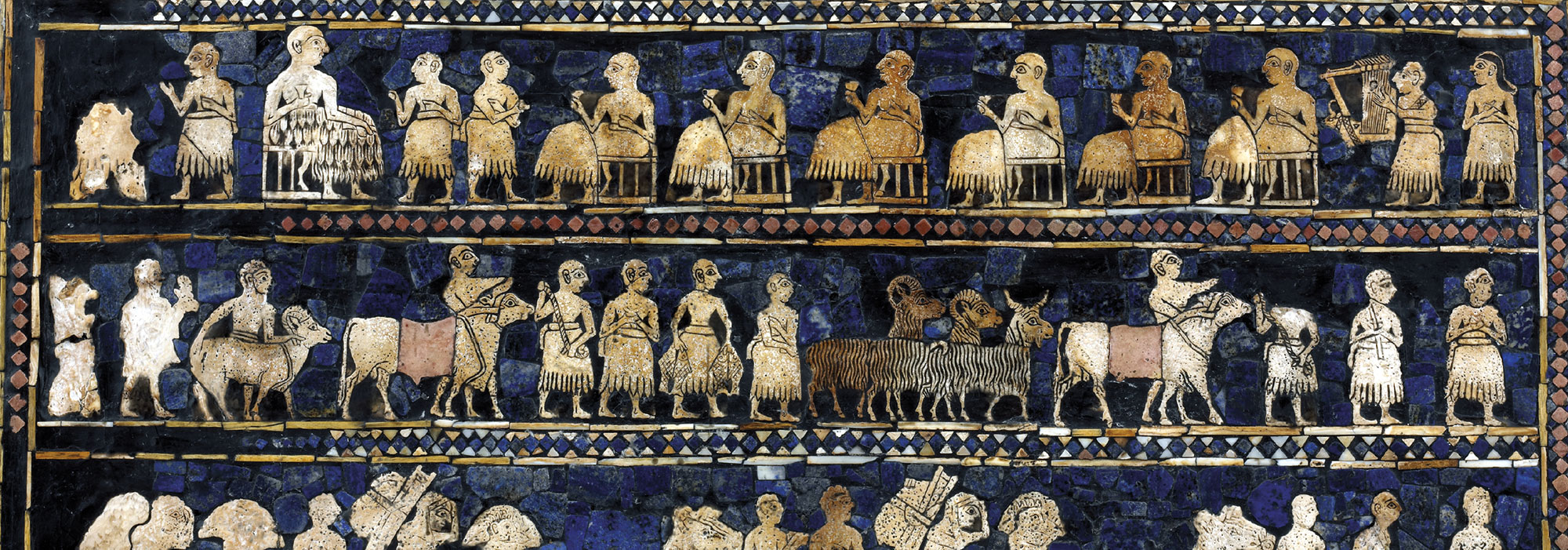NARA, JAPAN—The Asahi Shimbun reports that archaeologists from the Nara National Research Institute for Cultural Properties uncovered traces of one of the largest buildings ever found at Heijokyu palace, the imperial residence from about A.D. 710 to 794. The rectangular structure measured some 90 feet long and 40 feet wide. Fifty pits within the structure are thought to have held pillars that supported the building. The style of roof tiles recovered from these pits suggest the building stood from about 749 to 770, during the reign of Koken, a female emperor. “I believe the [discovered] structure was her living space,” said Akihiro Watanabe of Nara University. To read about hidden Buddhist paintings that may date to the Asuka period (A.D. 492–710), go to "Around the World: Japan."
Eighth-Century Imperial Structure Uncovered in Japan
News July 1, 2021
Recommended Articles
Features May/June 2025
Lost City of the Samurai
Archaeologists rediscover Ichijodani, a formidable stronghold that flourished amid medieval Japan’s brutal power struggles
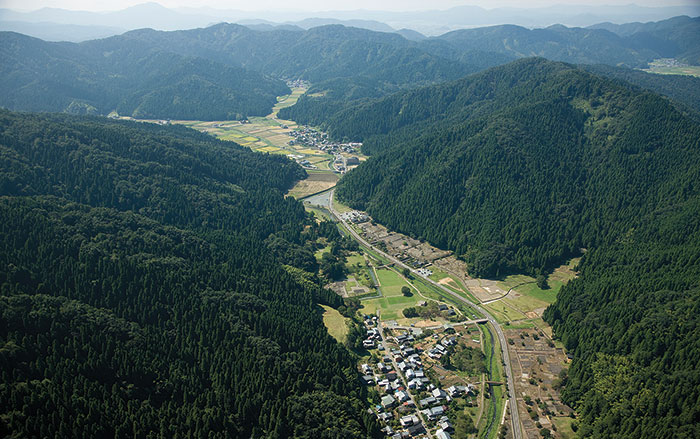
Digs & Discoveries March/April 2023
Weapons of Choice
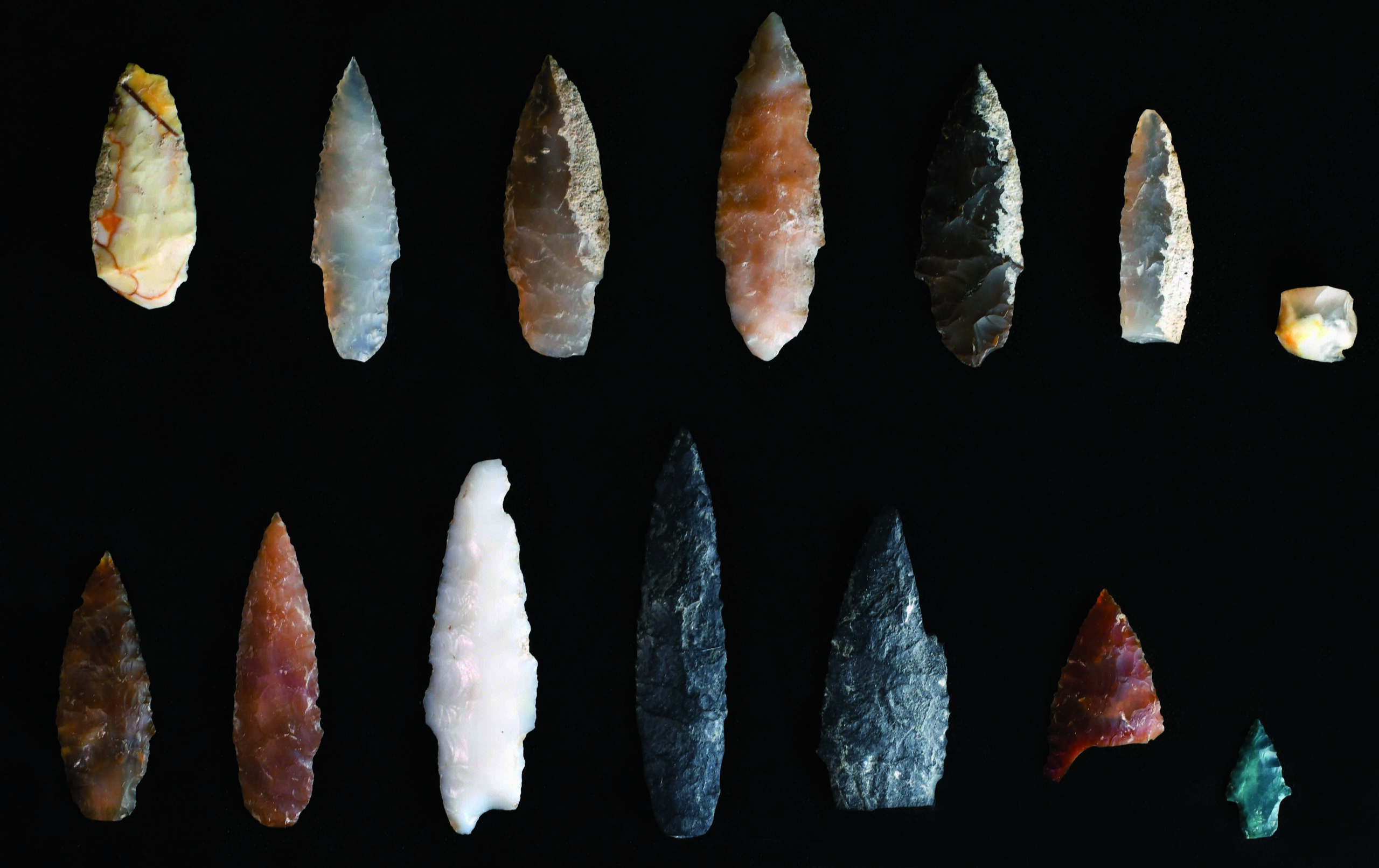
Digs & Discoveries January/February 2022
Japan's Genetic History
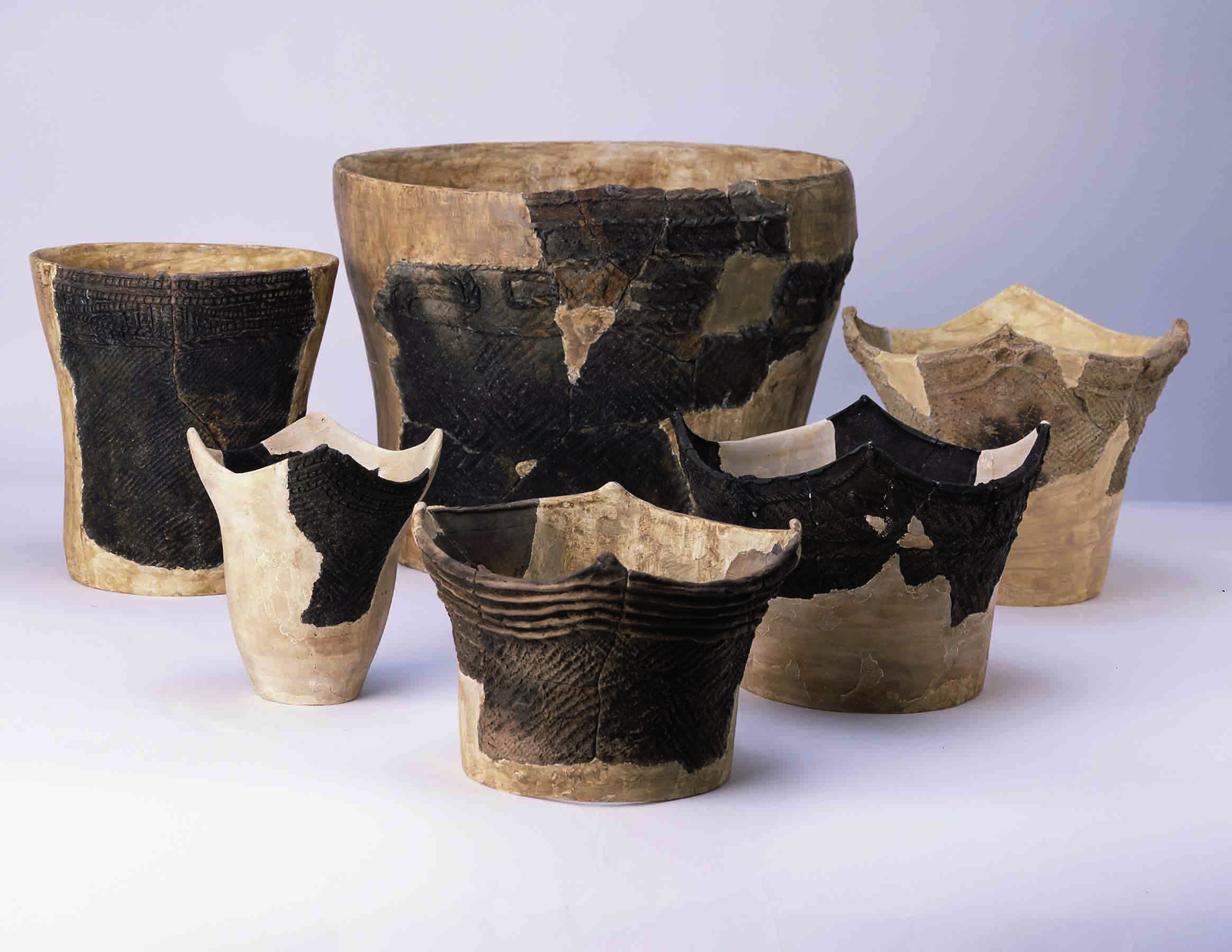
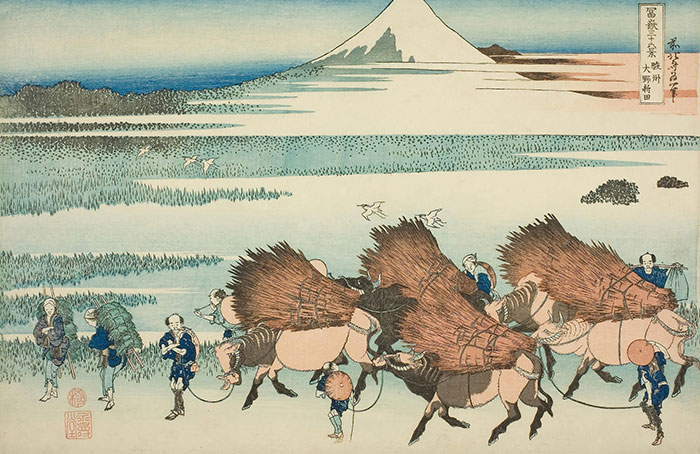
-
Features May/June 2021
Last Stand of the Hunter-Gatherers?
The 11,000-year-old stone circles of Göbekli Tepe in modern Turkey may have been monuments to a vanishing way of life
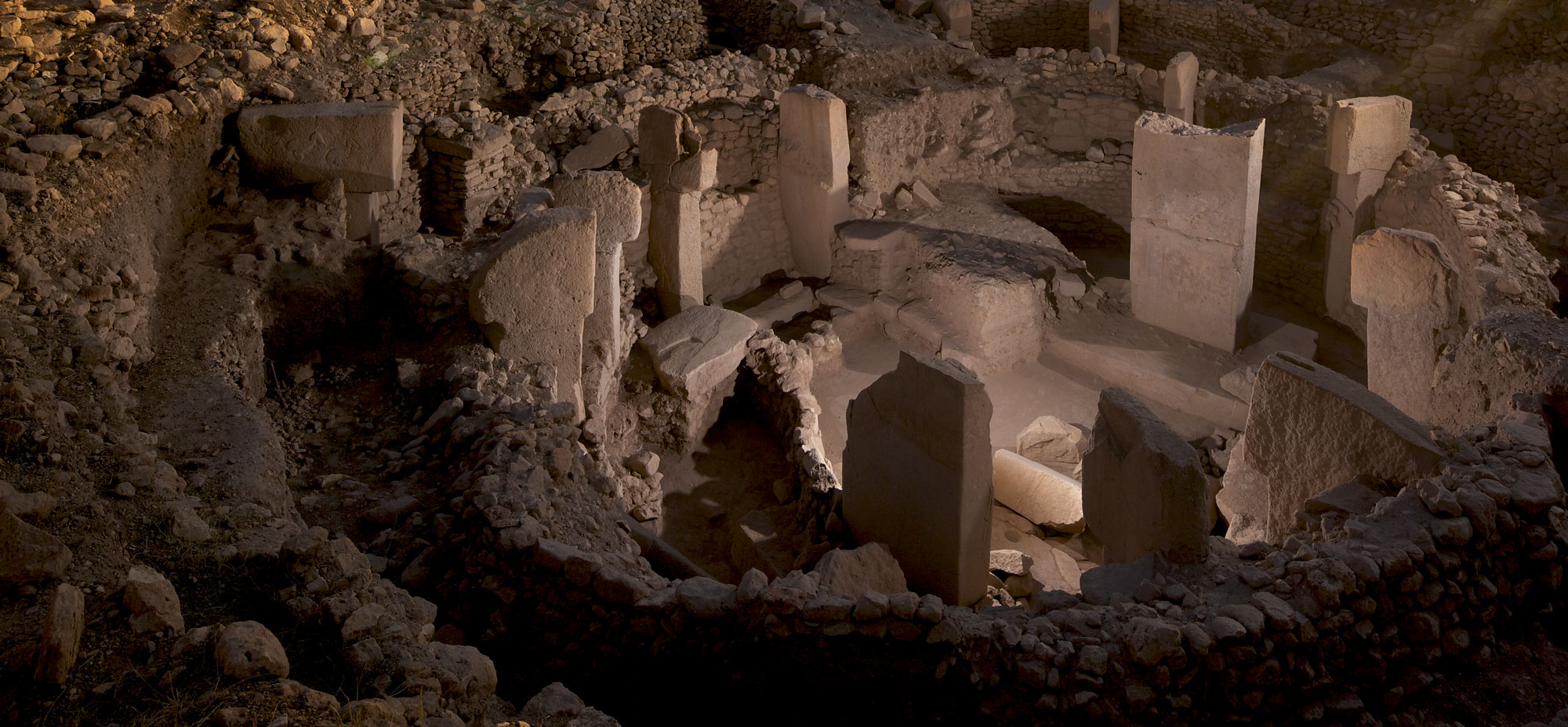 (Vincent J. Musi)
(Vincent J. Musi) -
Letter from Australia May/June 2021
Where the World Was Born
Newly discovered rock art panels depict how ancient Aboriginal ancestors envisioned climate change and creation
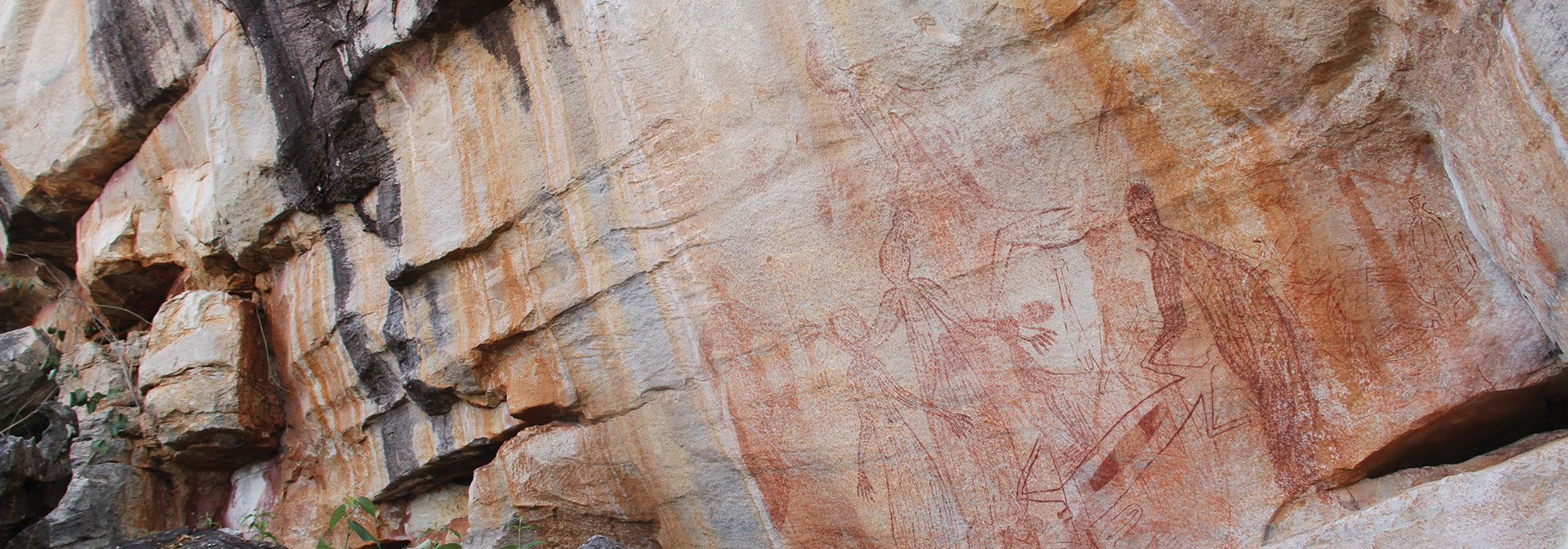 (Courtesy Paul Tacon)
(Courtesy Paul Tacon) -
Artifacts May/June 2021
Magdalenian Wind Instrument
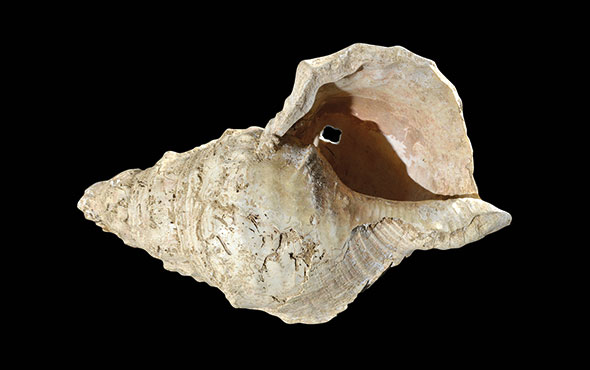 (Courtesy Carole Fritz et al. 2021/CNRS – the French National Centre for Scientific Research)
(Courtesy Carole Fritz et al. 2021/CNRS – the French National Centre for Scientific Research) -
Digs & Discoveries May/June 2021
You Are How You Cook
 (loraks/iStock)
(loraks/iStock)


